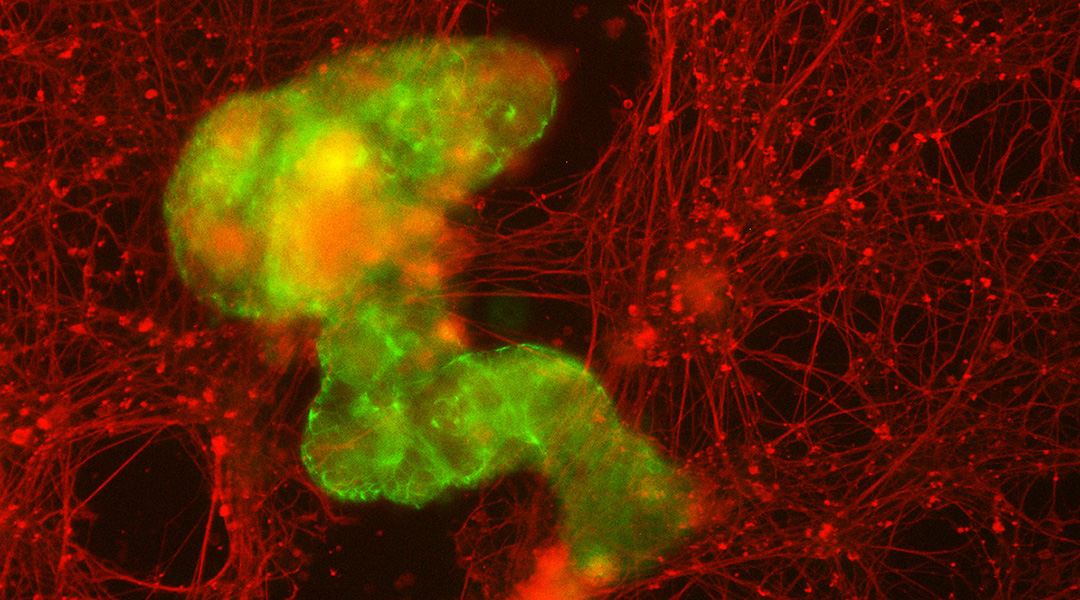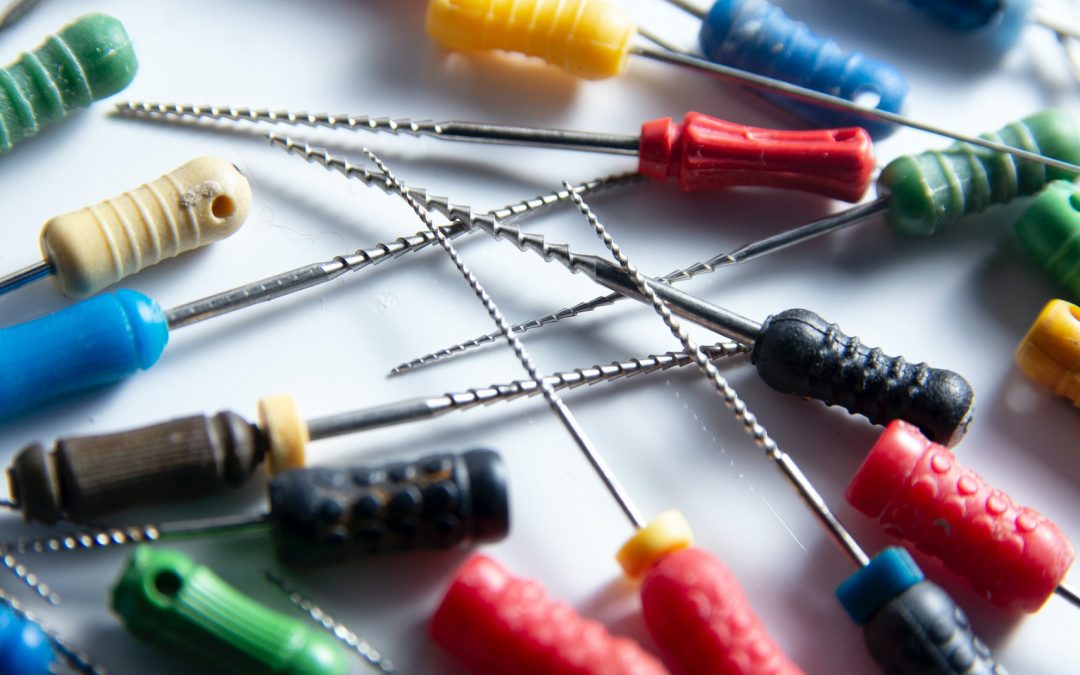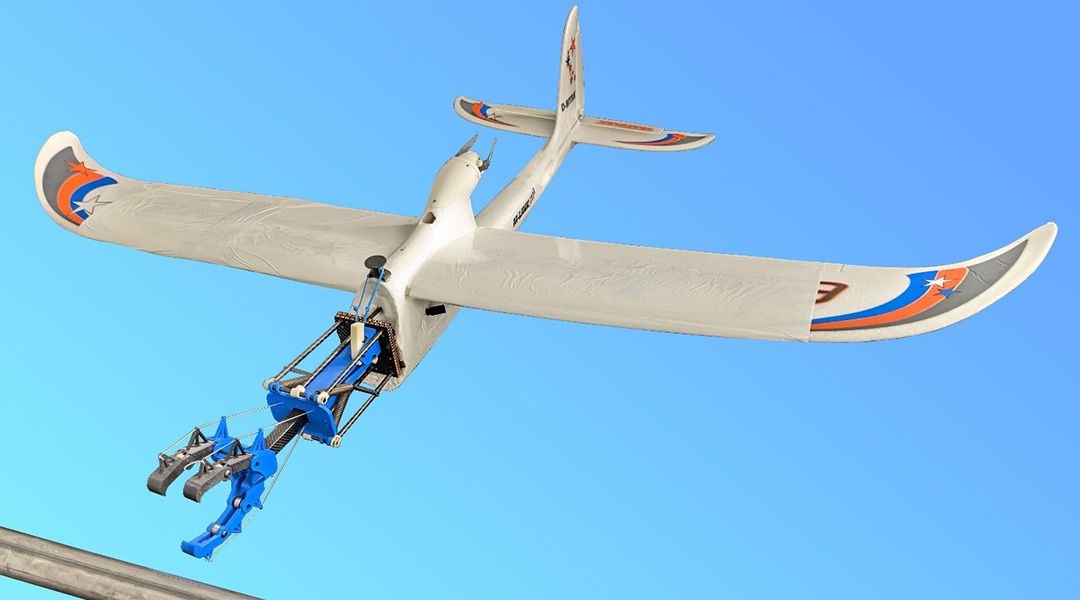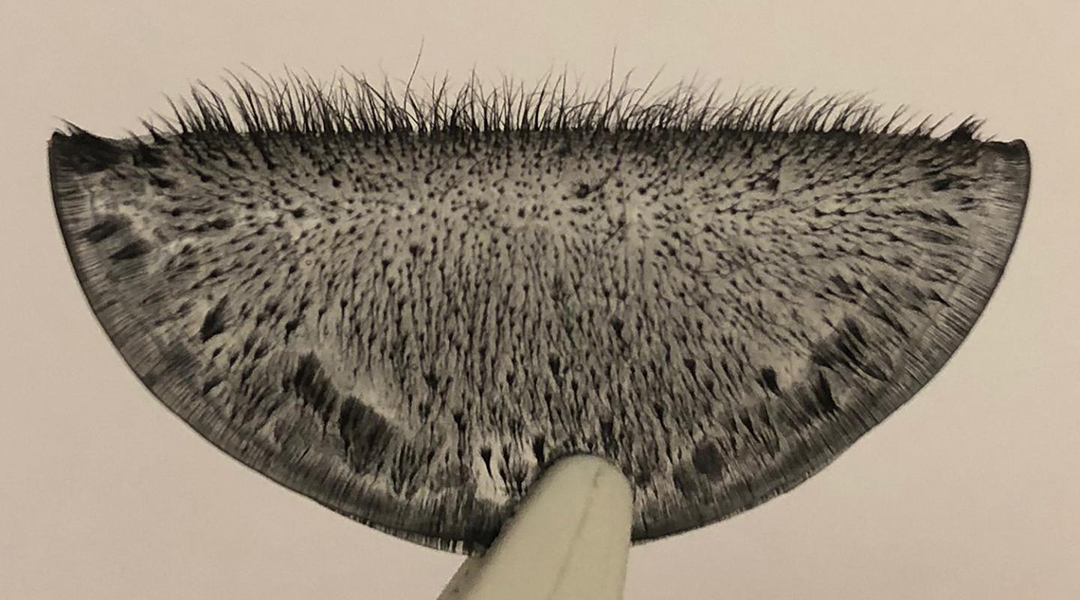Using a micro-3D-printing technique, researchers were able to print detailed robotic parts that are smaller than the diameter of a human hair and display color-expressing features for microrobot tracking and identification.


Using a micro-3D-printing technique, researchers were able to print detailed robotic parts that are smaller than the diameter of a human hair and display color-expressing features for microrobot tracking and identification.

Max Planck researchers have developed self-propelled tiny ‘microbots’ that can remove lead or organic pollutions from contaminated water.

Microscopic robots made out of a patient’s own cells may be able to work inside the body to repair damage, scope out signs of disease, or fight off infections.

When deciding whether or not to build bridges out of their chained bodies, weaver ants take prior collective investment into account.

Disinfecting nanobots could be the key to preventing the failure of root canal fillings post-treatment.

A simple crash landing allows drones to perch while minimizing the need for complicated control strategies that increase computational load.

A fabric-based haptic sleeve controls drone flight through arm movement and helps train users by applying corrective forces to body joints.

Seven emerging technologies that could help to mitigate the most devastating effects of climate change.

Bacteria controlled by magnets could one day deliver medicine directly to the cells that need it.

Researchers create an artificial array of magnetic cilia that could contribute to advancing the capabilities of soft robotics.